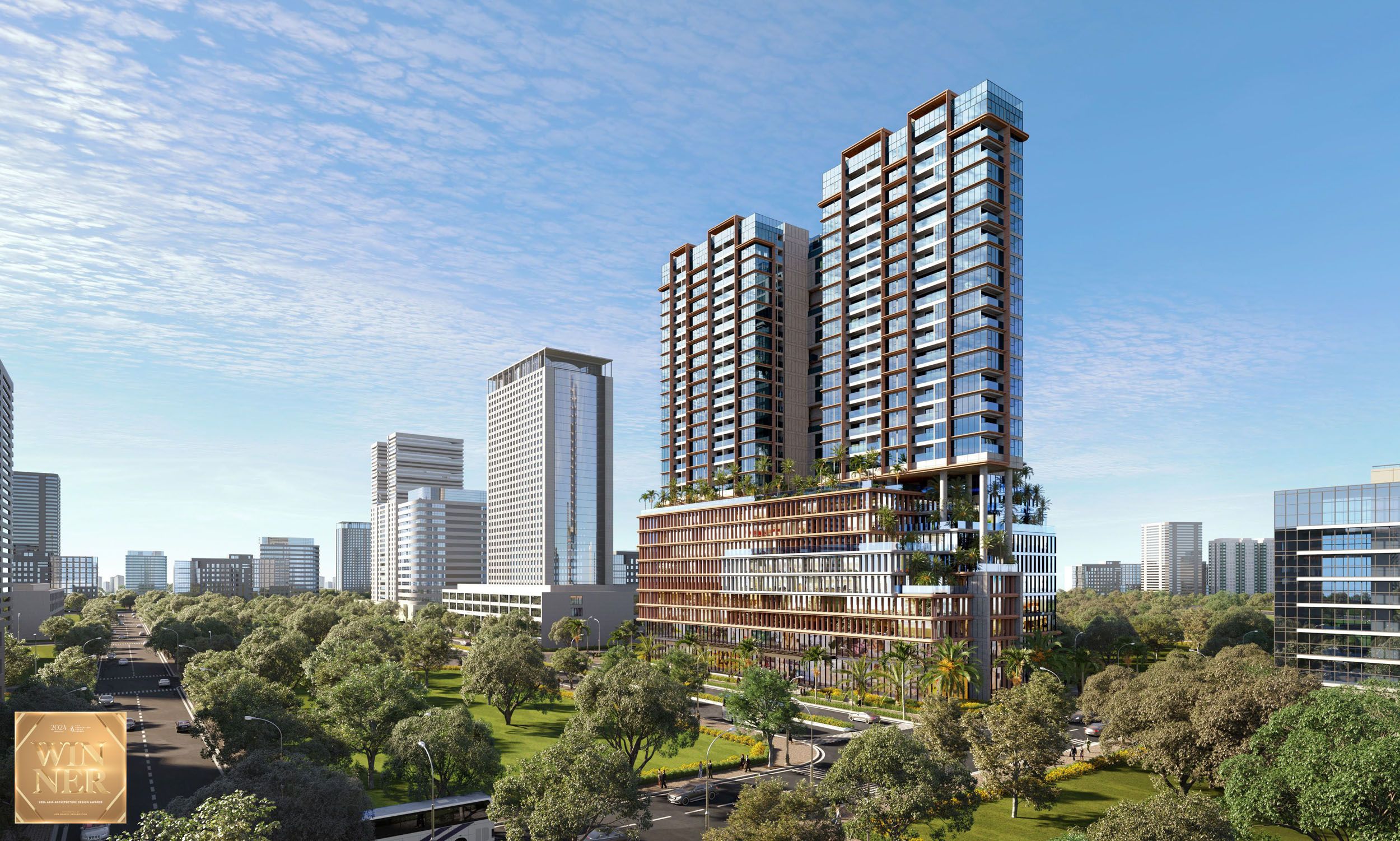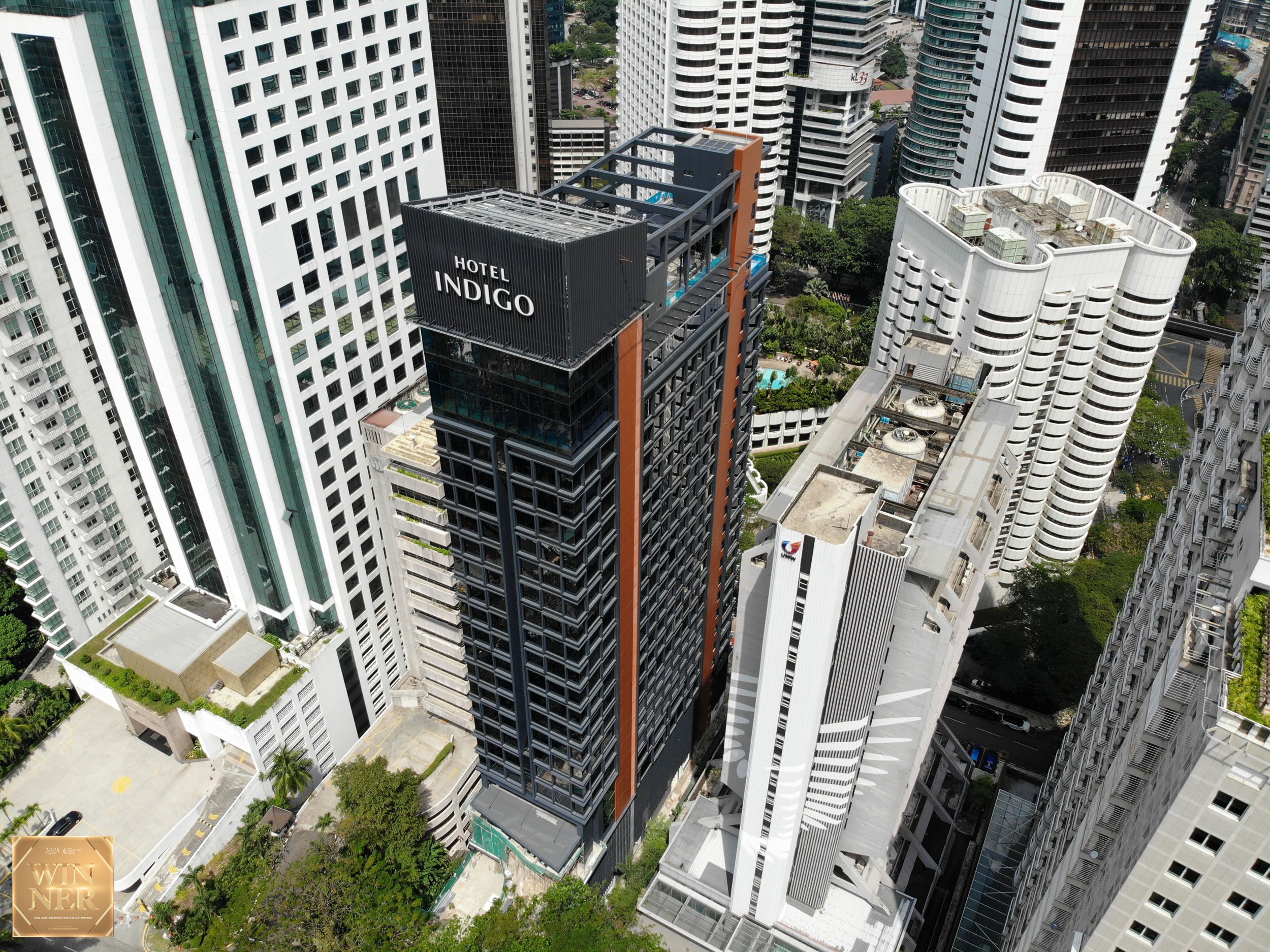
Skyscrapers in Asia: A Deep Dive into Modern Architectural Marvels
In recent decades, Asia has taken the lead in global skyscraper development, with its cities now home to some of the tallest and most advanced buildings in the world. This surge in skyscraper construction reflects not only the region’s rapid economic growth but also its ambition to push the boundaries of architecture and urban development. From iconic projects such as Shanghai Tower in China and Taipei 101 in Taiwan to Petronas Towers in Malaysia and Lotte World Tower in South Korea, Asian skyscrapers are reimagining the possibilities of high-rise construction.
These towering structures are reshaping urban skylines and becoming symbols of national identity and progress. However, their development comes with complex challenges—environmental sustainability, structural resilience in disaster-prone areas, and the need to integrate them into already dense urban landscapes.

Asia’s Rapid Rise in Skyscraper Development
Skyscraper construction in Asia has been driven largely by rapid urbanization and economic growth. Cities like Shanghai, Shenzhen, Seoul, and Kuala Lumpur have experienced unprecedented population booms, necessitating vertical growth due to limited land availability. This has led to an architectural race to build higher and smarter, with developers and architects looking to create iconic buildings that reflect both modernity and cultural heritage.
For instance, Taipei 101, once the tallest building in the world, blends contemporary engineering with traditional Asian aesthetics. Its design is based on the shape of a bamboo stalk, symbolizing resilience and growth. Similarly, the Petronas Towers in Kuala Lumpur draw on Islamic art for their design, representing Malaysia’s cultural and religious roots. These buildings go beyond mere height; they are powerful statements of a city’s identity and ambitions.
At the same time, Asia's embrace of skyscrapers is also a response to its evolving economic status. Cities like Shanghai and Shenzhen have emerged as global financial hubs, necessitating large, multifunctional skyscrapers to accommodate the needs of international businesses, luxury hotels, and high-end residences. The Shanghai Tower, for example, serves as a mixed-use development, housing offices, hotels, and retail spaces, all within its 632 meters. Its twisted shape also reduces wind loads, an example of the sophisticated engineering solutions employed to make these buildings more resilient.
Challenges in Asian Skyscraper Development
Despite the growing number of skyscrapers, the construction of these massive buildings presents a unique set of challenges. From environmental sustainability to natural disaster resistance, developers in Asia must navigate a complex web of constraints to bring these towering structures to life.
1. Environmental Impact and Sustainability
One of the most pressing issues in skyscraper development, especially in a region as densely populated as Asia, is the environmental impact of these structures. The energy consumption of tall buildings can be immense, particularly in regions where air conditioning is necessary year-round. High-rise buildings also contribute to urban heat islands, where cities become significantly warmer than their rural surroundings due to concentrated human activities.
To address these concerns, many Asian skyscrapers are now incorporating advanced green technologies. Buildings like the Lotte World Tower in Seoul and the Guangzhou CTF Finance Centre are designed with energy efficiency in mind. Features such as high-efficiency glass, rainwater harvesting systems, and smart lighting and air conditioning systems help reduce the environmental footprint of these skyscrapers.
Additionally, some buildings incorporate renewable energy sources. The Shanghai Tower, for example, includes wind turbines near its top floors to generate power for the building. The tower also uses double-layered glass, which reduces the need for heating and cooling, further minimizing its energy consumption. These innovations are setting new standards for sustainable skyscraper design, not just in Asia but globally.
2. Earthquake and Wind Resistance
Asia is home to some of the most seismically active regions in the world, with countries like Japan, China, and Taiwan regularly experiencing earthquakes. In response, skyscrapers in these regions must be designed with advanced seismic engineering to withstand the stresses of earthquakes.
One common solution is the use of tuned mass dampers—massive weights installed at the top of skyscrapers that counteract the sway caused by high winds or earthquakes. Taipei 101 is famous for its 660-ton damper, which allows the building to withstand typhoons and earthquakes, making it one of the safest skyscrapers in the world. Additionally, buildings in seismic zones often use base isolators, which allow the structure to move independently of the ground during an earthquake, reducing the forces transmitted to the building.
Wind is another significant challenge, especially for tall buildings like the Shanghai Tower and Ping An Finance Centre in Shenzhen. These skyscrapers are designed with aerodynamic features that help reduce wind load. The spiral shape of the Shanghai Tower, for instance, decreases wind resistance, reducing the building’s sway and making it more stable in high winds.

3. Urban Density and Infrastructure Integration
Asia’s rapid urbanization has resulted in densely packed cities, where land is scarce, and the need for efficient use of space is critical. The integration of skyscrapers into these dense urban fabrics presents challenges related to transportation, utilities, and public services.
Effective urban planning is essential to ensure that these towering structures do not overwhelm existing infrastructure. Skyscrapers must be carefully integrated into the city's transportation networks, providing easy access to public transport while minimizing traffic congestion. Many Asian cities, such as Tokyo and Hong Kong, have developed intricate underground networks that connect skyscrapers directly to metro stations and shopping malls, providing seamless connectivity for residents and workers.
Furthermore, as cities continue to expand vertically, there is a growing focus on mixed-use developments. Skyscrapers like the Ping An Finance Centre in Shenzhen are designed to serve multiple functions, including offices, hotels, residential apartments, and retail spaces. This multifunctional approach maximizes the use of limited urban space and creates self-contained vertical cities, reducing the strain on urban infrastructure.
4. Economic Viability
Constructing and maintaining skyscrapers involves significant financial investment. The sheer cost of building such massive structures can be prohibitive, particularly in cities where land and construction costs are high. Developers must ensure that these projects are economically viable by attracting tenants, investors, and tourists.
Many skyscrapers in Asia are designed to be multifunctional to generate multiple revenue streams. For example, the Lotte World Tower in Seoul includes luxury residences, office spaces, hotels, and observation decks, attracting a wide range of tenants and visitors. Similarly, the Guangzhou CTF Finance Centre combines office spaces with residential units and a five-star hotel, ensuring its financial viability by diversifying its use.

Global Comparisons: Asia vs. Other Architectural Giants
While Asia is leading the way in skyscraper construction, comparisons with other global architectural hubs, such as New York and Dubai, offer valuable insights. Skyscrapers like the Burj Khalifa in Dubai and The Shard in London have set global standards for height, design, and sustainability, and have inspired many Asian projects.
The Burj Khalifa holds the title of the tallest building in the world, but Asia's skyscrapers are quickly catching up. Buildings like the Shanghai Tower and the Lotte World Tower are pushing architectural boundaries with their advanced engineering and focus on sustainability. Additionally, while skyscrapers in New York and London often emphasize luxury and exclusivity, many of Asia’s high-rises are designed to be multifunctional, catering to a broader range of uses.
Looking Ahead: The Future of Skyscrapers in Asia
As Asia continues to urbanize and grow, the demand for tall buildings will only increase. However, the future of skyscrapers in the region is likely to focus on more than just height. Architects and developers are now looking at how to create smarter, more sustainable high-rises that integrate seamlessly into their urban environments.
Innovations in green technology, energy efficiency, and disaster resilience will continue to shape the next generation of skyscrapers. Moreover, as cities expand, the integration of skyscrapers into urban planning will be crucial to ensure that these structures contribute positively to the city’s growth and functionality.
In conclusion, Asia’s skyscrapers are not just feats of engineering but symbols of the region’s ambitions and capabilities. As the continent leads the world in high-rise construction, it is also setting new standards for sustainability, innovation, and urban integration, shaping the skylines of the future.